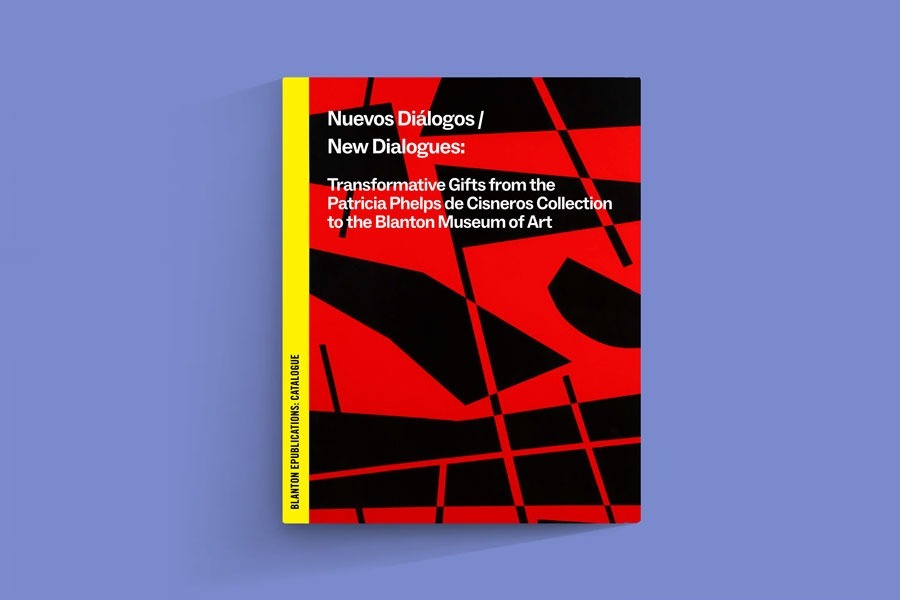Blog

Excerpt: Tania Bruguera in Conversation with Claire Bishop
Claire Bishop (CB): Political Timing Specific Art ostensibly sounds like a corrective to the concept of site-specific art, a term that has itself changed radically in character since it was first used in the 1960s. What began as a formal approach to installing art—responding to the physical location, gallery, or outdoor site—expanded throughout the eighties and nineties to deal with the specific history or past identity of a location, and even to encompass the communities who inhabit and use the site. This social understanding of site was the contribution of new genre public art, socially engaged art, and social practice.[1] When and how did you arrive at the term Political Timing Specific Art, and do you see it as a response to site specificity?
Tania Bruguera (TB): I arrived at the notion of Political Timing Specific Art around 2008, after years of explaining the importance of the political context in which most of my work exists and acquires its meaning. I referred to my work as site-specific for a long time, even as socially engaged practice, but I eventually noticed that people always focused more on the cultural/anthropological dimension than on political/power dynamics, which was my main interest. So I decided to replace site with political timing, the medium with which politicians operate, as the material of my work. I’m not interested in making art as an a posteriori political comment, but in using art to intervene in the specific moment when politics are not yet defined, when decisions are being made, and therefore might be changed—especially in situations where citizens don’t have agency.
Traditionally, art tends to signal the problem or protest after a decision is made. In Political Timing Specific Art, by contrast, politicians as well as the general public are involved; art becomes a political force to be taken into consideration.

CB: So you see it as a way of trying to integrate the political specificity of a place into the meaning of the work?
TB: It’s not only about political issues, but it’s about understanding how, under certain circumstances, politics can also define the artistic and the aesthetic. I embrace the fact that my work will not have a stable meaning, because politics works with the perception of ideas as they unfold in real time, and the emotional landscape they generate.
CB: So, I guess this insistence on political timeliness has consequences for the longevity of the work, and its ability to be restaged later?
TB: Exactly. That is why I advocate redoing, instead of reenactment or reperforming. Political Timing Specific Art is hard to redo if the politics that generated it change. The work has to be adapted to a new political situation or wait until similar conditions to the original reemerge somehow. You might have to reorient a work to address something else that is socially or politically unresolved in order to effectively hit a nerve the way it did the first time around.
Maybe the most important aspect of Political Timing Specific Art is that the piece will only be the way it is in that specific political moment; if it’s done before or after it won’t have the same consequences. Political Timing Specific Art happens in the space between the artist or public’s imaginary of a new political reality and the politicians’ version of it.
CB: It seems important to you that Political Timing Specific Art results in controversy or media attention. Indeed, you seem to thrive on this attention as proof of your work’s potency.
TB: The media does play a role since it is respected and feared by politicians; it is the medium they use to communicate and by which we communicate back to them; they use it to generate a narrative that will later become history, and we (the citizens) want to be a part of that narrative. Using the media is necessary to distort their voice and create an alternative narrative. It is important to note, though, that even when the media is interested in the citizen’s side of the story (in this case, the artist), they’ll often privilege the politicians with whom they have a long-term interest and commitment. But the media is a thirsty beast and you have to be careful not to give in to the sensationalism it craves, and instead use it to generate a message that makes people discuss the problem and not the person behind it.
CB: This seems particularly pressing in the light of the current administration in the US, in which manufactured personality clashes are continually deployed to derail media attention away from gravely serious issues; journalists seize on the President’s petty tweets, rather than keeping complex political issues to the fore. I know that your thinking about Political Timing Specific Art derives from your experiences inside Cuba and not the US, but it seems telling that contemporary Western politics increasingly uses affect to steer opinion. Does Political Timing Specific Art do the same?
TB: The US has a faux-populist political administration, and one of the president’s strategies is to use the language of the people, which is Twitter. Social media tends to be synonymous with reacting rather than processing; it has a simplified generic emotional spectrum (like or dislike); it arrives at conclusions from headlines rather than articles. The US president is trying very hard to create a world that doesn’t exist in reality. So right now it’s actually quite appropriate to use in the North something generated in the global South, because we have already gone through this in our countries.
Precisely because of what is happening in the US, and throughout the world, it’s no longer enough to make art as a reaction or a comment. It is time to make art for the not yet and the yet to come.
CB: How do you draw the distinction between Political Timing Specific Art and topicality—in other words, a work that makes a timely comment on current affairs?
TB: It’s the difference between observation and participation: making a commentary about something or wanting to intervene to change it. Political Timing Specific Art is a difficult working method because it’s a full and direct confrontation with power and uses some of the latter’s own tools and strategies.
Of course, you can refer to political realities and create public awareness without being political timing specific. But when you make an artwork in which the meaning of the work is defined by a political situation that is unfolding, and when it involves as its material some of the elements generating the political situation; when the artwork becomes a point of reference that is linked with the historical event’s evolution and analysis (by politicians, artists, historians, and art historians); when control and consequences of the work are not in the hands of the artist but decided by a government or by those in power; when the work unleashes a chain of political responses or the creation of new policies; when the existence of the artwork alters the way in which political events happen; when people can see in the artwork a space to participate that they can’t find in the political situation—then these are factors that render an artwork political timing specific.
Political Timing Specific Art uses the emotional capital generated by current affairs and engages art as a player in the political landscape. Political timing is a window that opens and closes very quickly: it is a space that you have to enter quickly, during a brief moment when political decisions are not yet fixed, implemented, or culturally accepted.
CB: This reminds me of Machiavelli, whose treatise on the craft of political power, The Prince (1532), puts forward the idea of occasione, the opportune moment for political action. It denotes those rare openings in chronological time when those who are savvy can seize and take hold of power. The prince must be willing to use his virtù (understood as virtuosity, rather than virtue) as necessity and opportunity dictate, and in ways that are not necessarily moral. The ends justify the means!
TB: In Cuba, the government accuses me of being an opportunist—in other words, making a comment on something for personal gain and recognition. However, I think I’m being opportune—it’s not about my personal gain, it’s about seizing the moment for a collective endeavor—which often makes life incredibly difficult for me (and the people close to me). I do think that some artists have a special skill for detecting and sensing the right moment in which their actions might have meanings that transcend that moment itself—and that’s occasione. Political Timing Specific Art does what everyone is thinking about but no one dares say or do.
[1] For a definition and discussion of new genre public art, see Suzanne Lacy, Mapping the Terrain: New Genre Public Art (Seattle: Bay Press, 1995) and Miwon Kwon, One Place after Another: Site-Specific Art and Locational Identity (Cambridge, MA: MIT Press, 2002).





